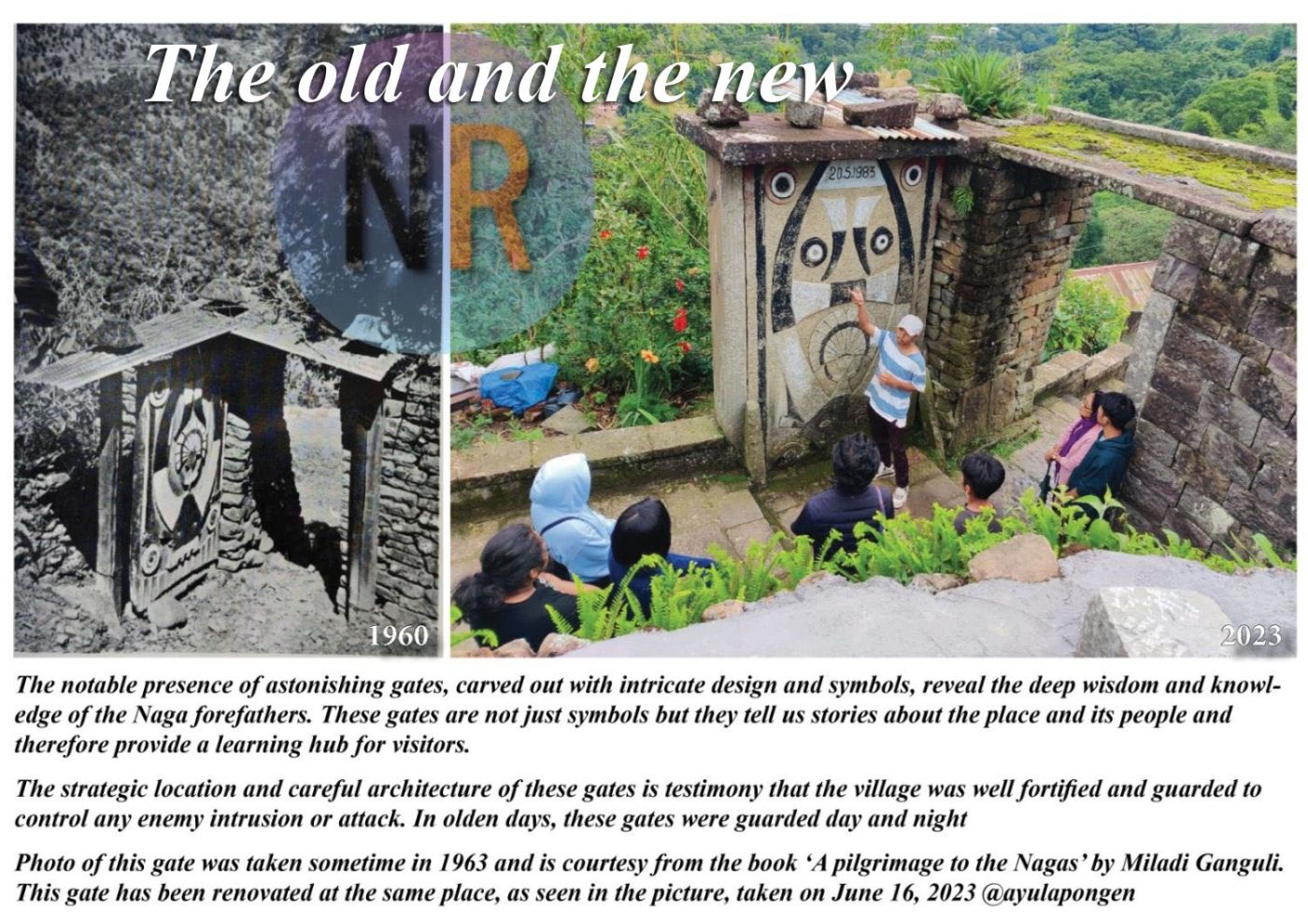There has always been a raging debate in India over the ethics of euthanasia and if it can ever be implemented. It has, however, been an age-old practice for the Idu Mishmi tribe of Arunachal Pradesh. Till the early 90s, members of the tribe used to carry out a euthanasia-like practice for terminally ill members of the community.
A research done by Tarun Mene, assistant professor of Arunachal Institute of Tribal Studies under Rajiv Gandhi University in Arunachal Pradesh and Sarit K Chaudhuri of Bhopal-based Indira Gandhi Rastriya Manav Sanghrahalaya, has revealed that the Idu Mishmis carried out their traditional euthanasia mainly by asphyxiation. Terminally ill persons going through extreme suffering were either buried alive or confined into a small room made of stone and plastered with mud to block the passage of air.
Idu Mishmis are mainly concentrated in the Dibang valley and Lohit districts in eastern part of Arunachal Pradesh. The paper titled ‘Euthanasia among the Idu Mishmis of Arunachal Pradesh: Understanding issues and concerns of a frontier tribe’ was published in the Journal of the Indian Anthropological Society last year.
It pointed out that the Idu Mishmis used to opt for euthanasia only after the Shaman (Igu) had failed to cure a diseased person. The practice, locally known as ‘Misi-muh’, entailed an elaborate performance of rituals associated with death.
“The method used in assisting euthanasia among the Idu Mishmis is in sync with the prescribed custom of disposition of the dead among them. Since the dead has to be buried as per the prevailing custom, the same method is followed also in the case of assisting euthanasia,” the paper points out.
Mene, himself a member of Idu Mishmi community, said since the early 1990s, the practice has started dying down with the last instances of ‘Misi-muh’ being held between 1990 and 1994. Mene attributed many reasons for this, such as the improvement of medical facilities which has made it possible to cure more diseases and also legal interventions.
Mene, however, argues that with the dying out of the practice, there has been a rise in cases of suicides in the community. “It is interesting that with the end of euthanasia, there has been a sharp rise in suicide cases in the community. I am now researching on this correlation. I have to find out why the stopping of euthanasia is leading to rise in suicides,” he said.
The researchers have traced 36 cases of different forms of euthanasia among the Idu Mishmi community. They collated the information by interviewing the members of the community.
Source: Times of India







 What Does Your Face Say About Your Health?
What Does Your Face Say About Your Health? The last Konyak headhunters of Nagaland
The last Konyak headhunters of Nagaland The Top Viral YouTube Videos of 2017
The Top Viral YouTube Videos of 2017 An orbiting message of peace
An orbiting message of peace










Leave a Reply
Your email address will not be published. Required fields are marked (required)